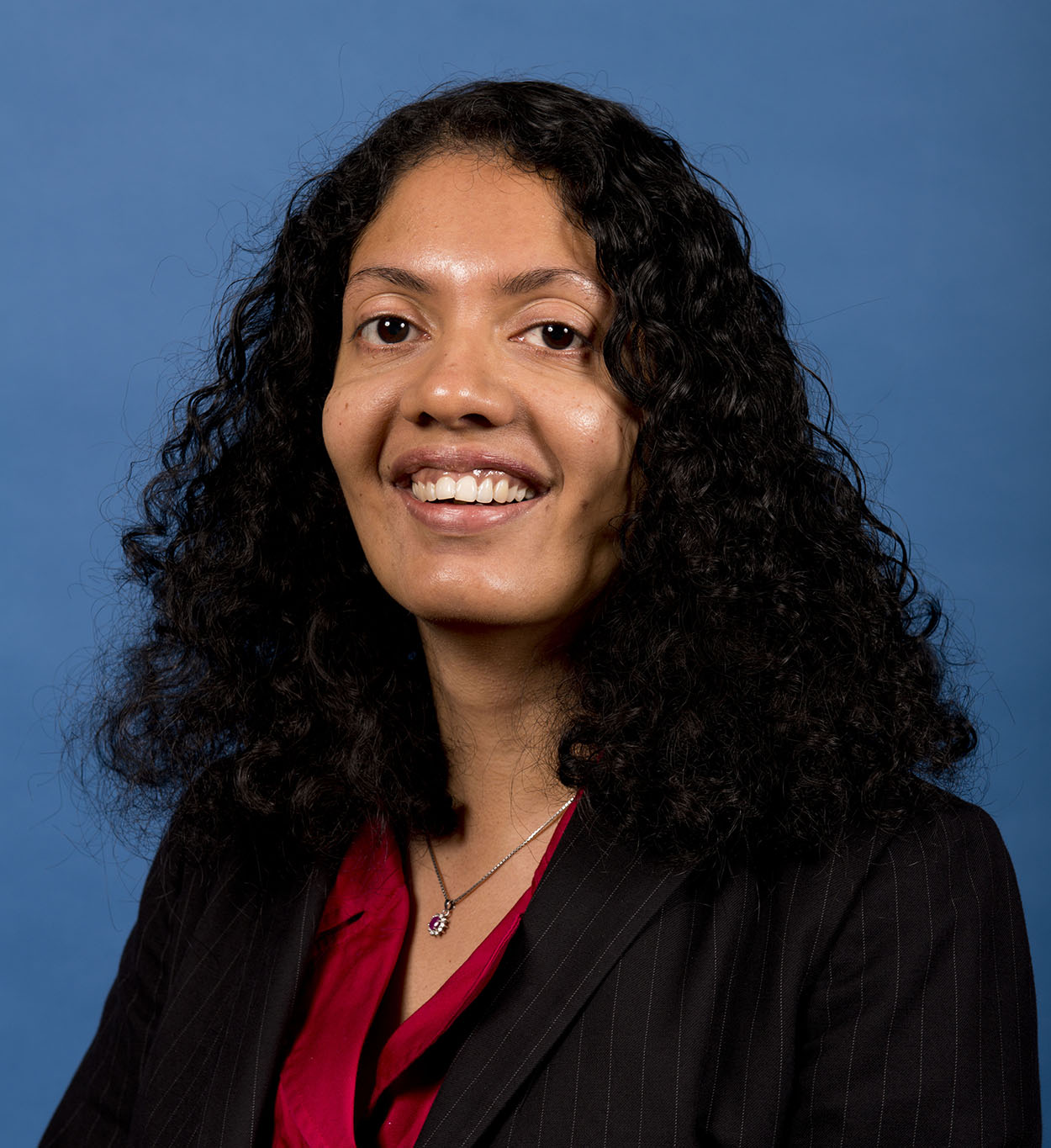Posted on January 7, 2024 by Wendy Frost

Throughout time companies have thrived or stumbled as they address the issue of whether to cannibalize their own successful offerings and introduce a new technology, survive with their old offering or invest in both.
Deepa Chandrasekaran, the Anheuser-Busch Endowed Professor and chair in the Department of Marketing, explored how businesses can better navigate this scenario as part of her publication “Leapfrogging, Cannibalization and Survival During Disruptive Technological Change: The Critical Role of Rate of Disengagement,” which appeared in the Journal of Marketing.
Chandrasekaran and her colleagues developed a generalized model of diffusion of successive technologies to help marketers capture disruption or coexistence using a key feature of a rate of disengagement from the old technology, which can vary from the rate of adoption of the new technology.
“Globally during times of potentially disruptive technological changes, businesses must face difficult choices,” said Chandrasekaran. “Our research provides a better strategic understanding of how, in many situations, old technologies may not necessarily die, but survive when new, successive technologies are introduced.”

